Repotting Houseplants into Hydroponics
Choosing Plants for Repotting
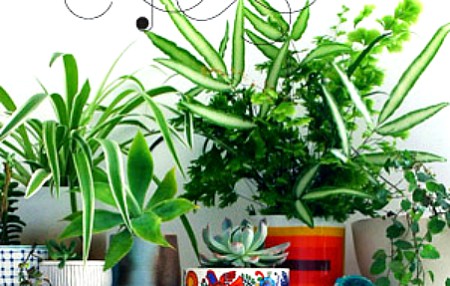 Not all plants are alike when it comes to repotting into hydroponics
Not all plants are alike when it comes to repotting into hydroponics|
The type of plants you choose for repotting will have more impact on your results than anything else. |
After transferring hundreds of plants from soil to hydroponics (both as a commercial nurseryman and as a hobbyist) I've found that candidates for transplanting fall into 3 categories.
1. Plants That Are Easy
2. Plants that need a little coaxing
3. Plants that are difficult
1. Houseplants That Are Easy to Transfer
Generally speaking, plants with thick leaves and stems are easy transplants. Switching from soil to hydroponics temporarily interrupts the flow of moisture up from the roots. These plants store moisture in their leaves and stems, so they're not effected by an interruption of moisture from the roots.
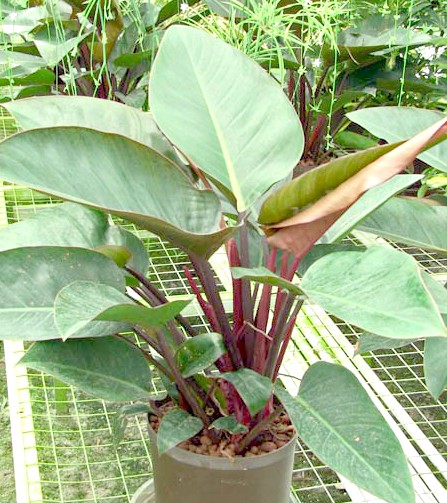 This Philodendron is a good example of a plant that has thick leaves and stems - making it an easy transplant.
This Philodendron is a good example of a plant that has thick leaves and stems - making it an easy transplant.See a list of easy transplants here.
2. Houseplants That Need a Little Coaxing
Some plants need a little coaxing during the transition. Rather than converting roots to hydroponics, they abandon their existing roots and insist on growing new ones.
Growing new roots takes time. For these plants the right growing environment is imperative to 1) encourage new root growth and 2) support the plant while new roots form.
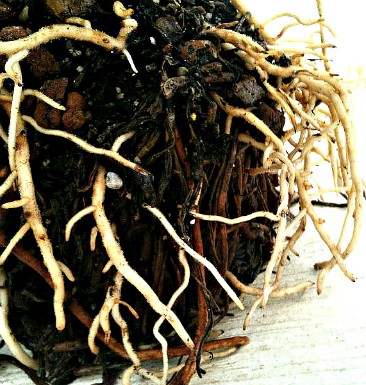 Closeup of a plant that has abandoned its old roots (in the center) and grew new hydroponic roots
Closeup of a plant that has abandoned its old roots (in the center) and grew new hydroponic rootsSee the list of plants that might need a little coaxing here.
What's a good growing environment during the transition from soil to hydroponics? Warm temperatures at the roots and lots of humidity at the leaves. See more here.
Have patience. Plants that struggle during the transition thrive once they adapt to hydroponics. They just need a little TLC while new roots form. It's definitely worth the effort because hydroponic plants are stronger and more durable than soil plants.
Having the right tools makes the job a lot easier (see Tools for Transplanting).
3. Houseplants That Are Difficult Transplants
Plants with thin leaves and fragile roots are never easy transplants. Thin stems and leaves simply can't hold the moisture the plant needs during the transition.
Because their leaves can't hold water, these plants depend on a constant supply of moisture from the roots. Delicate roots often get damaged when the soil is removed - making them ineffective until new roots form.
When the plant is not getting the moisture it needs, it becomes stressed. Leaves wilt and dry up and eventually fall off.
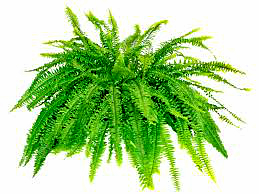 With their thin leaves and delicate roots, ferns are difficult transplants
With their thin leaves and delicate roots, ferns are difficult transplantsIt's ironic that many of the plants that are difficult transplants - actually love growing hydroponics - once they get established. That's because LECA pebbles create a constant flow of air and moisture at the root zone - exactly what they need to grow and thrive.
The best way to grow these plants in our hydroponic system is to start with seedlings or cuttings.
The list of plants that are difficult transplants here.
Choosing Grow Pots for Transplanting
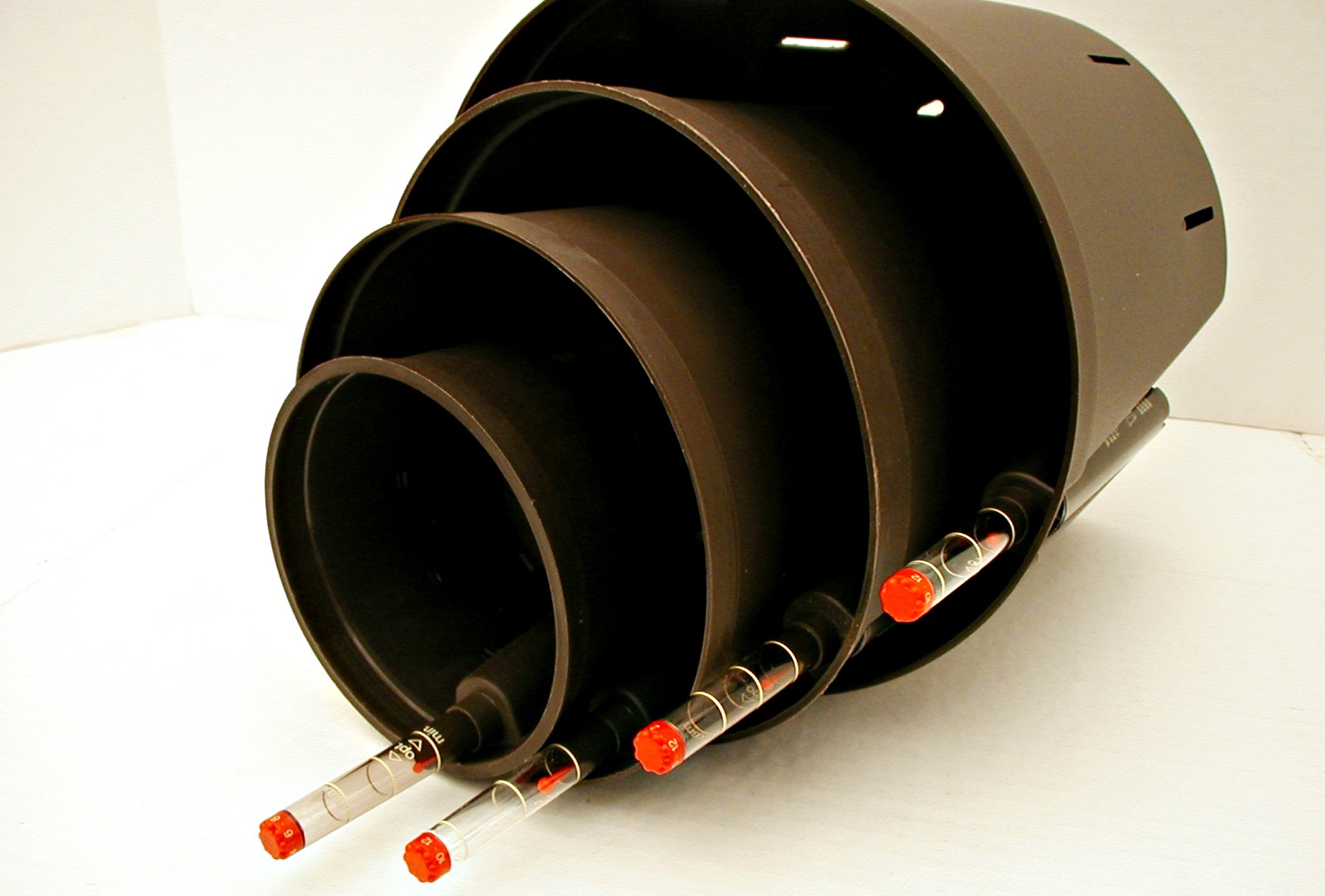 Our hydroponic grow pots come in many sizes.
Our hydroponic grow pots come in many sizes.With any plant, the size and shape of the grow pot is important for transplanting success.
If the grow pot is too big, the roots stay too wet too long and they won't get the air they need to grow. Without air roots suffocate.
That means choosing a hydro planter that's the same size or even sightly smaller than the existing soil pot.
The shape of the grow pot is also important. Our culture pots are tappered, with extra openings on the side, and have a dome on the bottom. All of these features insure an even mix of air and water at the roots - the key to transplanting success!
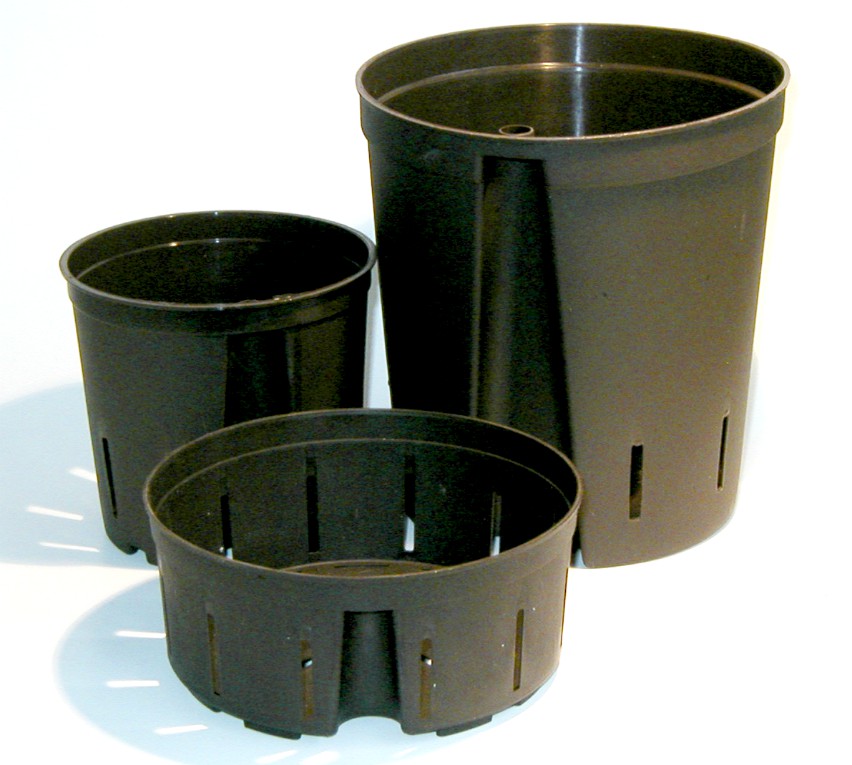 Hydroponic grow pots come in many shapes and sizes Hydroponic grow pots come in many shapes and sizes |
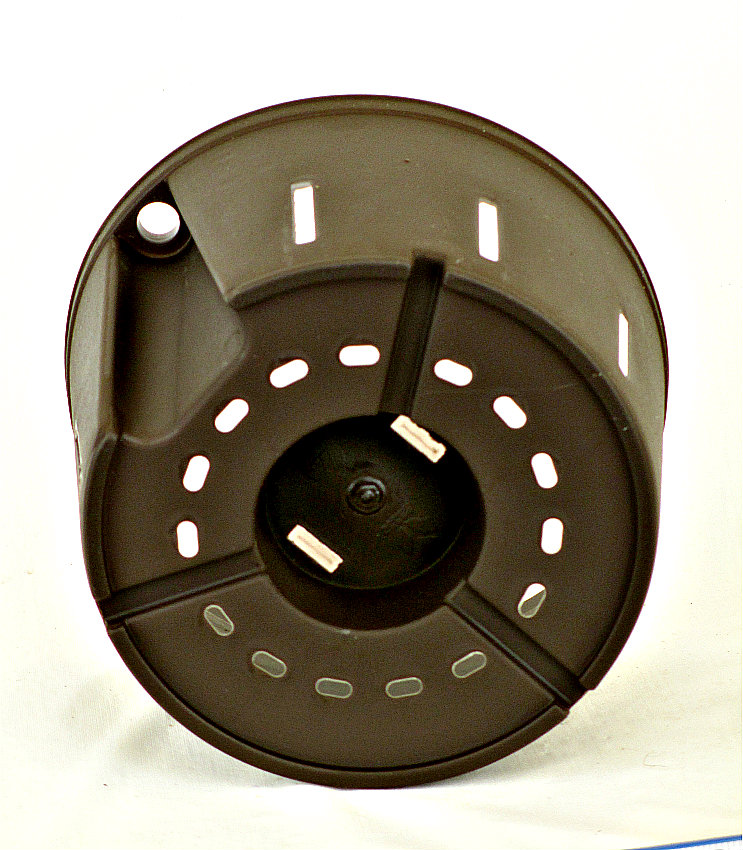 Grow pots are designed to promote maximum air flow at the roots Grow pots are designed to promote maximum air flow at the roots |
Find EasyGroHydro culture pots here.
Plant Care After Transplanting
Coaxing Stubborn Plants to Convert
